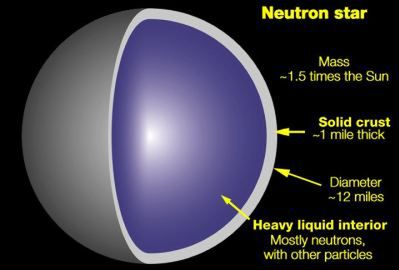

Because their walls are not heavily lignified like the surrounding xylem cells, ray cells disintegrate in dead wood and often result in radial splits in the wood. Rays are composed of bands of thin-walled parenchyma cells that conduct nutrients and water laterally in a stem. Each ray (blue X in photo) starts in the center and extends radially like the spokes of a wheel. The blotches of cells at right angles to the annual rings are rays (ribbonlike aggregations of cells extending radially through the xylem tissue).Ĭross section of a pair of oak bookends showing the prominent rays. The parallel lines on the radial side are annual rings. The succeeding years of growth (annual rings) are shown by the red numbers 2-9.Ī block of oak wood showing the tangential plane (T) and the radial plane (R). The pith is reduced to a mere central dot in the illustration therefore the central cylinder of woody tissue (red number 1) counts as the first annual ring. Unlike the young stem cross sections above, this is not the pith. The central cylinder of growth (red number 1) is counted as the first year of growth. The transverse (x.s.) plane of this block of oak wood shows nine years of growth (9 annual rings). Questions 85-97: Three dimensional illustration of a block of oak wood: Questions 85-126: See illustrations in Wood Anatomy and Plant Fibers Used For Paper, Cordage & Textiles. See Resin Ducts In The Phloem Of A Poison Oak Stem
#XSECTION SOLUTIONS SERIES#
The smaller series of concentric rings (knot) at the bottom of the photo is a lateral branch embedded in the main trunk. The central core of wood (#1 in close-up photo) counts as the first year of growth since the pith is no longer present. This basswood ( Tilia americana) trunk cross section has 24 distinct annual rings. On older stems where the central pith region has been replaced by xylem tissue, you must count the central core of wood as the first year of growth. Only count the layers of woody growth (xylem tissue), do not count the central core of pith. To calculate the age of this young stem cross section, just count the number of thick purple rings (bands) outside of the yellow pith. Questions 40-50: Cross section of a young, woody dicot stem (basswood): To calculate the age of a stem, see the following illustrations:

#XSECTION SOLUTIONS PDF#
You might want to download and print out the PDF version of Exam #5 because the illustrations are much higher resolution. Questions 1-77: See illustrations in Wood Anatomy and Cell Structure Of Stems. Many of theĪnswers can also be found in Plant Fibers Used For Paper, Cordage and Textiles.Īlso try your luck using the interactive Wood and Plant Fibers Crossword Puzzle. The diagrams are in the Wood Anatomy and Cell Structure Of Stems.

For answers to many of the questions please refer to the Reading List for Exam #5.Īlso try the Wayne's Word Index & Economic Plant Families.


 0 kommentar(er)
0 kommentar(er)
